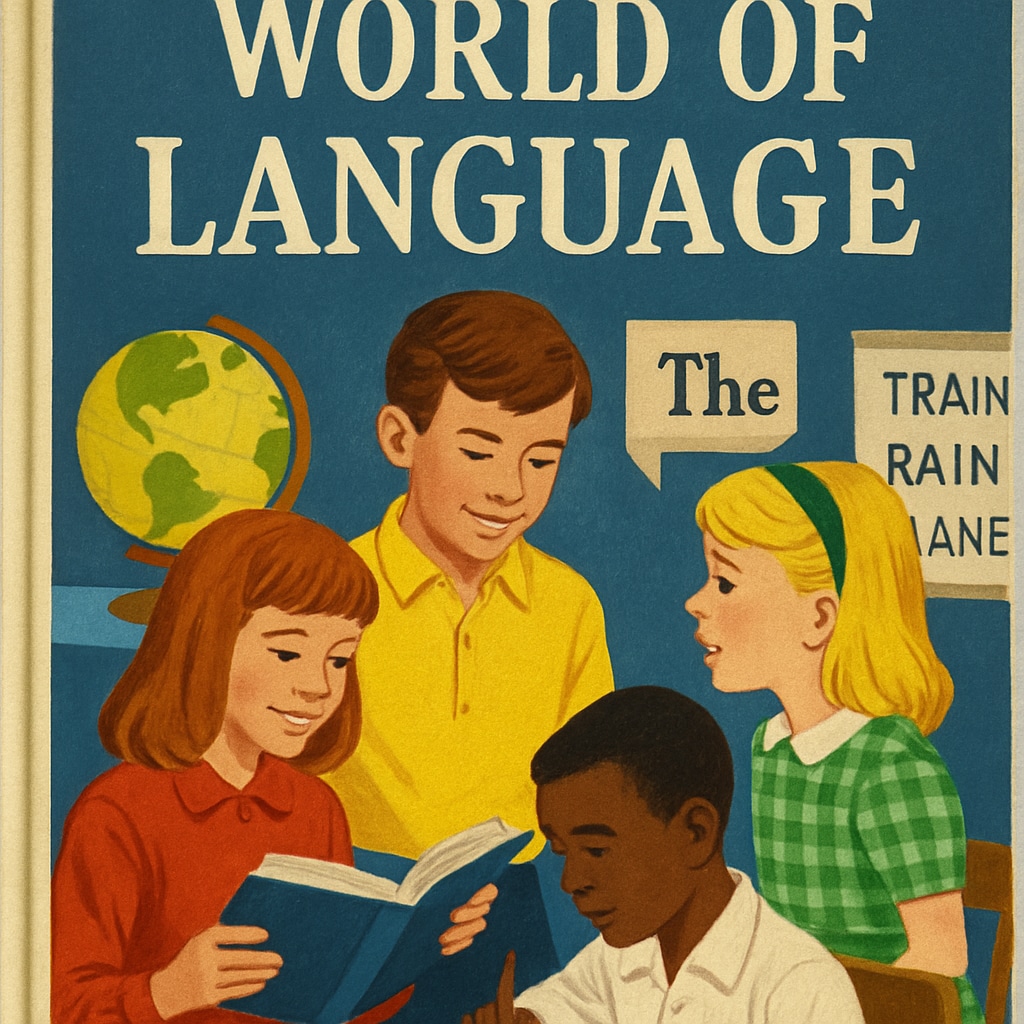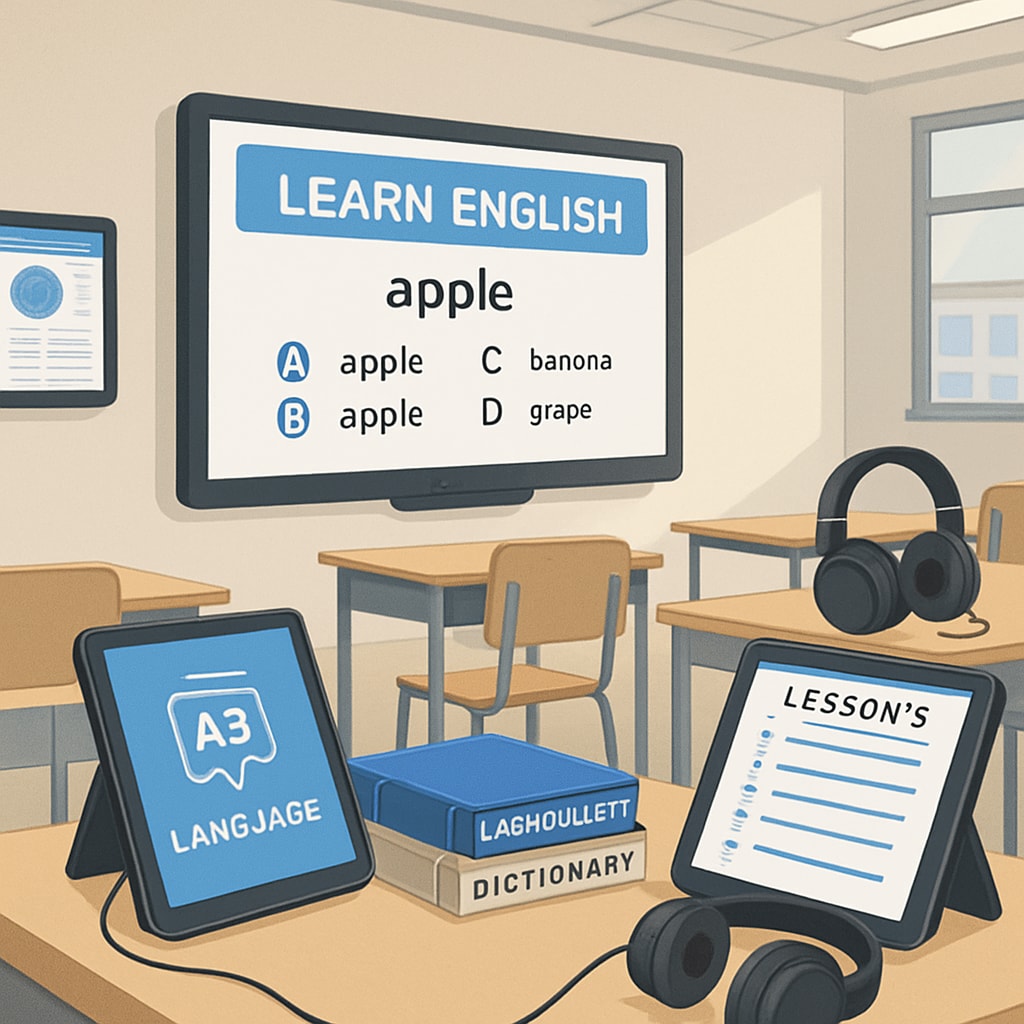The “World of Language” textbook series holds a special place in the hearts of many who grew up with it. As a foundational primary school教材 (textbook), it introduced children to the intricacies of language through engaging stories, exercises, and illustrations. While modern language教学 (education) has evolved with digital tools and interactive platforms, this article takes a moment to revisit the charm of “World of Language” and reflect on what it can teach us about the essence of language learning.
The Educational Philosophy of “World of Language”
“World of Language” was more than just a textbook—it was a gateway to exploring the beauty and functionality of language. Its content combined grammar rules, vocabulary building, and creative writing into a cohesive package. The textbook was designed not merely to teach, but to inspire students to appreciate language as a living art form. For example, its stories often encouraged imagination while also embedding moral lessons.
Unlike many modern language resources, which often focus on test preparation and efficiency, “World of Language” emphasized a holistic approach. It encouraged young minds to think critically, express creatively, and engage with language in a meaningful way. This approach aligns with timeless educational theories, such as those by John Dewey, who believed in experiential learning and fostering curiosity.

Modern Language Education: What Have We Gained and Lost?
In today’s classrooms, language education has transformed significantly. Digital resources like language learning apps, interactive whiteboards, and online platforms have made lessons more accessible and adaptable. Students can now practice speaking with AI chatbots or take personalized quizzes tailored to their learning pace. However, this convenience often comes at a cost.
One of the key aspects missing in some modern approaches is the sense of narrative and connection. While “World of Language” weaved language lessons through captivating stories and relatable scenarios, many digital tools prioritize bite-sized information over depth and context. As a result, students may lose the opportunity to fully immerse themselves in the creative process of language.
Additionally, the tactile experience of flipping through a textbook like “World of Language” cannot be underestimated. Studies suggest that physical books can enhance memory retention and comprehension, as noted by organizations such as the American Psychological Association (source). This raises the question: how can we integrate the best of both worlds—traditional and modern?

Bringing Back the Joy of Learning
To reintroduce the joy and depth that “World of Language” brought to classrooms, educators can adopt a hybrid approach. Here are a few strategies:
- Incorporate storytelling: Use stories to teach grammar and vocabulary, just as “World of Language” did.
- Blend technology with tradition: Pair modern tools with classic textbooks to provide a balanced learning experience.
- Focus on creativity: Encourage students to write their own stories or scripts, fostering both language skills and imagination.
By combining these strategies, teachers can create an environment where students not only learn language but also develop a lifelong appreciation for it.
In conclusion, “World of Language” reminds us of the importance of making education enjoyable and meaningful. As we continue to innovate in teaching methods, we should not forget the timeless values that traditional materials bring. After all, the heart of language education lies in its ability to connect, inspire, and empower.
Readability guidance: This article balances nostalgic reflection with actionable insights. The use of short paragraphs, lists, and transitions ensures easy readability. The language is accessible, while maintaining a professional tone appropriate for educators and language enthusiasts.


